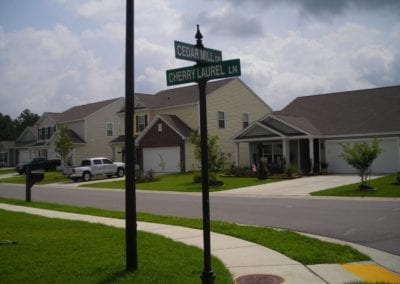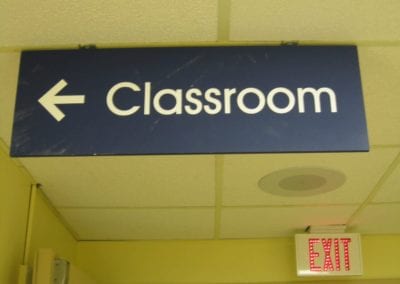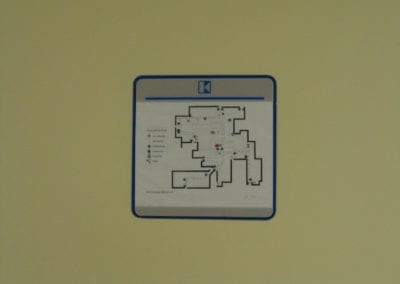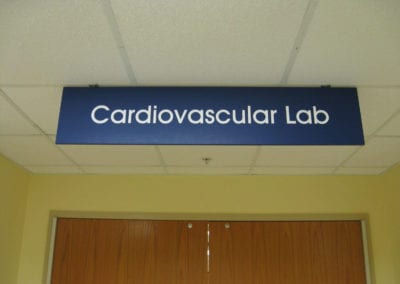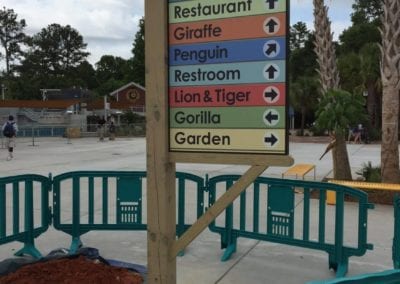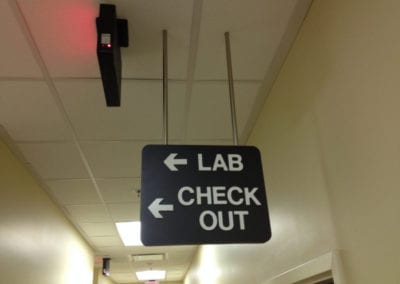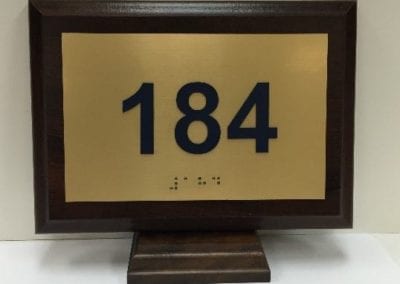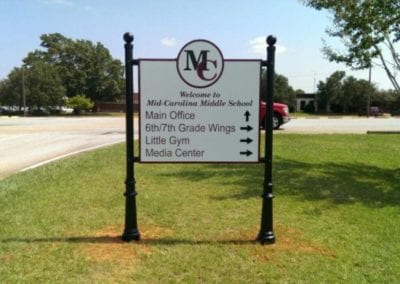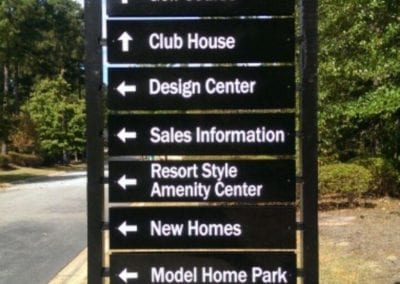Directional Signs

Connect here for exclusive promotions, discounts & more!
Directional Signs
What are directional signs?
Directional signage is any type of sign that gives direction. The sole purpose is to guide customers without complicated maps or lengthy explanations. Directional signs help customers find their way and get to their destinations with ease. Event directional signs are especially important and helpful so that visitors have zero confusion about how to get where they’d like to go.
What are the five principles of directional signs?
1. Don’t give the user too many choices in terms of navigation.
Purpose
You don’t want to give the navigator too many choices to ensure you don’t confuse them. Strategic wayfinding design fosters a story that informs visitors of the attractions, facilities, and products that are available from your company. Fewer options mean less confusion which increases foot traffic and opportunities for revenue.
Sign It Quick Tip
The navigation story should include every route possible that the navigator could take throughout the space. Exploration, side-tours, and detours can veer off this main path but eventually should return to the main story. This ensures the visitor makes maximum use of their position in the space.
2. Create an identity at each and every location.
Purpose
Provide a unique perceptual identity at each location so that the navigator connects their immediate surroundings to a location within the larger space. The visitor’s ability to recover orientation and position is the core wayfinding principle.
Sign It Quick Tip
Give your signs some characteristics that can be easily noticed and registered as being an extension of your brand. Go for something subtle such as a texture, finish, color theme, or lighting style.
3. Provide well-structured paths.
Purpose
Paths should encompass a set of specific characteristics to be well-structured: it preserves a navigator’s orientation to both the distance to the eventual destination as well as the next landmark along the path.
Sign It Quick Tip
The start and finish of the path form an introduction and conclusion. Progress is tracked by moving from one message or concept to the other. At times, this can be as simple as telling the visitor how far it is to their next distillation so that they can keep track of their progress as they move closer. This confirms they are going the right way. A great example of this would be piste markers.
4. Take advantage of landmarks to provide orientation clues.
Purpose
If the traveler knows where a landmark is in relation to their position, they can use that landmark as an orientation clue. This will help the navigator know where they are. A helpful property of a landmark for this use is visibility: the ability to be seen from a large surrounding area.
Sign It Quick Tip
Having a system of landmarks at your fingertips helps to define and organize the information about a given space, however, too many landmarks in the space reduces their ability to be unique and memorable locations. A great example of this would be signage totems and monoliths. Signage totems, monoliths, and custom directional signs create a visible point of reference which travelers can recognize and use as a mechanism for distance information. Additionally, this can be a practical way to help guests understand your event directional signs.
5. Create regions composed of differing visual characters.
Purpose
Divide the space into regions with a clear-cut set of visual attributes to assist in wayfinding and directional cues. Regions may not have distinctly defined boundaries, and their extent may be in some ways subjective. However, a minimum requirement is that there is a generalized agreed amount of space said to be within the region while the surrounding area is said to be outside of it.
Sign It Quick Tip
The regions allow the viewer to differentiate one part of the space from another. These boundaries can portray separation along a well-structured path through several zones or regions.
If you didn’t get your fix of sign-nerdiness from this topical information regarding wayfinding, or had a question or two pop up, please call, shoot us an email, or reach us on our LinkedIn or Facebook.
This was just a taste of the expertise we can provide in serving your loyal customers with the clear signage they deserve. Let us help you really nail down your custom directional signs.
Signs Create Business and Profits.
Locations to Serve You
Charleston, SC
Columbia, SC
Jacksonville, FL

